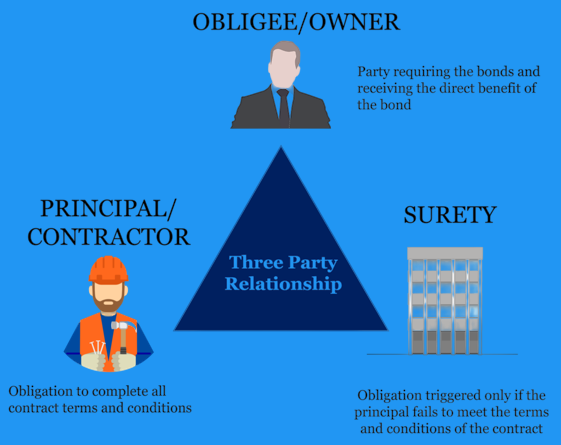How Does A Performance Bond Work?
Construction and commodity trading have been in the market since ancient times. It is crucial to take into consideration every possible circumstance when a person is planning to extend their construction business or become a partner in another business. Experience has evidently shown that even after official meetings and discussions, there are some instances in a person’s life where one had to bear huge losses due to an individual’s fraudulent intentions and dishonesty when entrusted with money or property of another.
In order to prevent such instances and enormous losses, performance bonds come to the rescue. You’ve landed on the right page if you want to understand what is performance bond and how it works. This article will take you through a meticulously explained concept of performance bonds.
What Is A Performance Bond?
Table of Contents
In order to understand what is a performance bond in the simplest of words, one can think of it as a contract bond or a surety bond. These bonds are financial instruments issued by investors for contractors to guarantee the completion of the task or work accepted by the contracting company.
Performance bonds are highly used and required in construction and real estate businesses. The issuers of such bonds are commonly banks and insurance companies. Contractors utilize these bonds as a guarantee to their investors that the work they have accepted will be completed on time and the work will meet all the requirements of the investor as mentioned in the contract bond.
In unfortunate cases like insolvency or bankruptcy, when the contractors cannot fulfill the investors’ demands, the contract bonds are used to compensate for the loss and damages inflicted on the investors.
The Various Components Of A Performance Bond
Performance bonds comprise three main components; the principal, the obligee, and the surety.
- Principal
The principal component of a performance bond represents the institutions or entities bound to execute the main work. In other words, the principal is the entity that is performing the contractual project. In most cases, the principal is the contractor that has agreed to work on the project.
- Obligee
The obligee component of a performance bond represents the party or customer on the receiving end of the contractual project; that is, they are the project recipient. An obligee can be a private institution, an individual, a government entity, or any other institution.
- Surety
The surety component of a performance bond refers to the third party who ensures that the principal will do the work. In a case where the principal tries to back out or cause intentional damage to the obligee, the surety will intervene.
How Does A Performance Bond Work?
A project or work between a contractor and investor starts with a bidding process. A performance bond is constructed when all the project details are discussed and officially recorded. If the contractor (principal) fails to uphold their end of the bargain, the investor (obligee) is entitled to claim the bond and ask for compensation for the damages caused.
In such an event, the third party (surety) intervenes in the project. It ensures that the obligee is compensated either with the total sum mentioned in the bond or recruits another contractor to complete the project. However, the third party, the financial institution, is obliged to be paid back by the former contractor.
Conclusion
In order to ensure security during any business project, a performance bond is highly required. It prevents good investors from being exploited by malicious people. However, if a contractor wants to claim surety bonds, they require some financial documents, including a copy of the contract, a surety application, and an official document regarding the collateral owned by the contractor.




